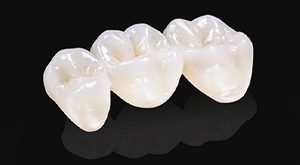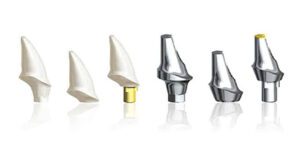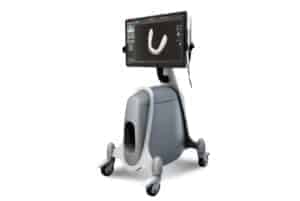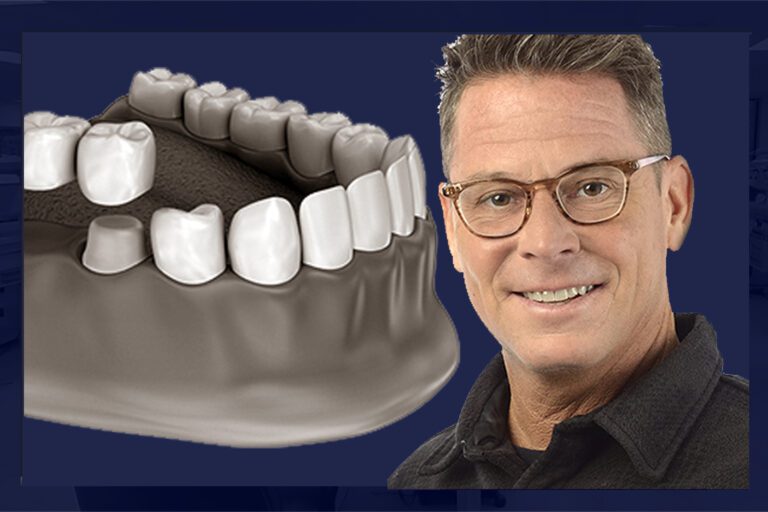Your dental practice needs to be optimized for mobile. We said it. 2013 saw the tipping point of mobile use replacing desktop/laptop use as most prevalent, and it’s not changing. Since society and technology are so intertwined, optimizing your practice for mobile use will minimize patient frustration, help you interact more efficiently, and stay in better contact.
Take Your Dental Practice Mobile: Why You Should Care
(Source)
Desktop use is still growing, but not as quickly as mobile is. Be prepared for continued growth by implementing these two methods below.
(Source)
Mobile usage has grown steadily since 2008, while desktop/laptop use began declining in 2011. Desktop has begun to creep up again, but mobile is still in control. Use this to your advantage, and you’ll see higher engagement and better follow through on your mobile marketing efforts (ie, Facebook ads that users see on their phones).
Dentists & Mobile Optimization
There are two primary ways you can optimize your practice for mobile.
- Website
- Text reminders
Take Your Website Mobile
Because web browsing on a mobile device is growing standard fixed browsing, a mobile compatible site is a priority. Many dentists are looking to reach millennials, millennials are a generation connected to technology, and they’re smart. If a website isn’t optimized for mobile, there’s a very high chance they’re become frustrated and ignore your practice from their search.
You may have an incredible team, a great operational setup, and some killer marketing, and those are all needed. And as nonsensical as it may seem, a non-optimized website may keep you from gaining patients.
There are two options for building a mobile website, one more straightforward and affordable than the other, though there are benefits to both methods. The first is using pre-built templates like through WordPress or Squarespace, both of which offer mobile versions of templates. There’s little fuss and they are generally quick to put together, but what makes them a simpler fix can also make them less than ideal: you’re limited to the template, and while there are great options, you won’t be able to fully customize them.
The second option is to enlist a developer to make a website from scratch, including a mobile version. These don’t come cheap, but they make a great first impression on visitors to your website and your only constraints are the limits of the coding language itself.
Take Your Appointments Mobile
NPR published an article last year on why millennials are avoiding voice mails. Millennials are generally pragmatic, and often see voicemails as a waste of time when a text could suffice. This shift means that your messages aren’t being heard, especially if it’s an automated message with no personal touch.
What does this mean? If you haven’t already, consider implementing a SMS reminder system, which texts the appointment details and asks your patients to confirm or cancel. Now, this could also be considered a lack of personal touch much like automated voice messages, but it’s less obtrusive than a phone call. It’s also more time efficient; it’s quicker to read a short text and reply “Yes” than it is to listen to a voicemail, wait for the prompts, then confirm.
You’ll want to ask permission to do so, and you may also want to consider asking on the intake sheet what their preference is (phone call, email, or text) to make sure you’re reaching them how they’ll appreciate and respond to. Services like ReRemind have all three reminder options and can help you save time with patients who don’t come for their appointment.
Final thoughts: we can’t ignore mobile optimization
Technology is a fast-developing industry and there are elements dentists can ignore, but mobile optimization isn’t one of them. Utilizing a mobile website and SMS reminders helps you better reach your patients and minimize their frustration. And less frustration means you can help more patients achieve better dental health.

















